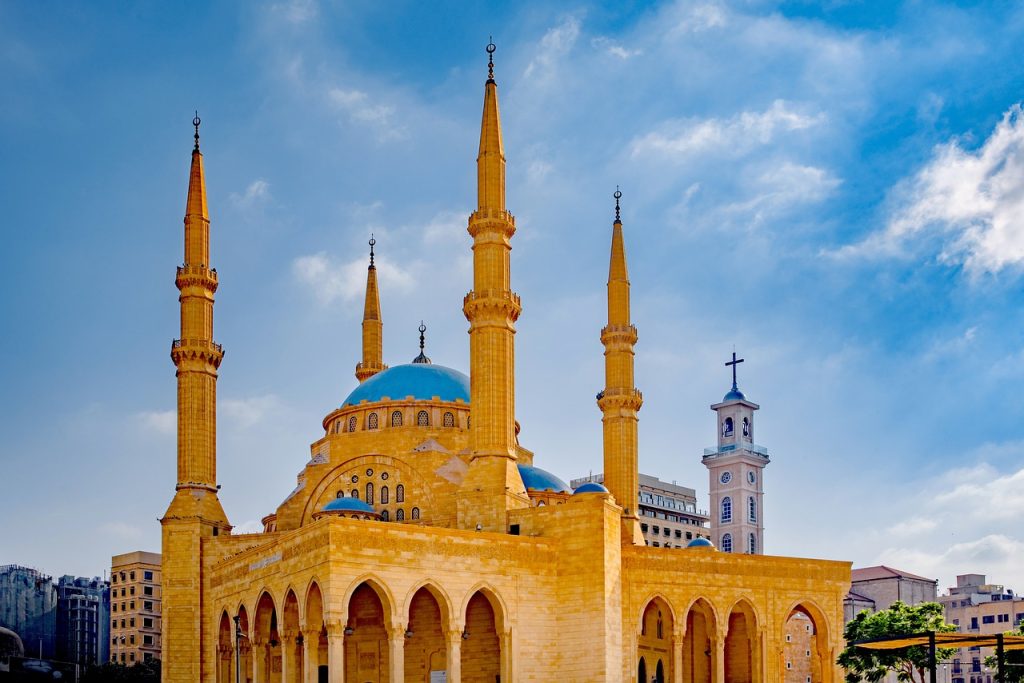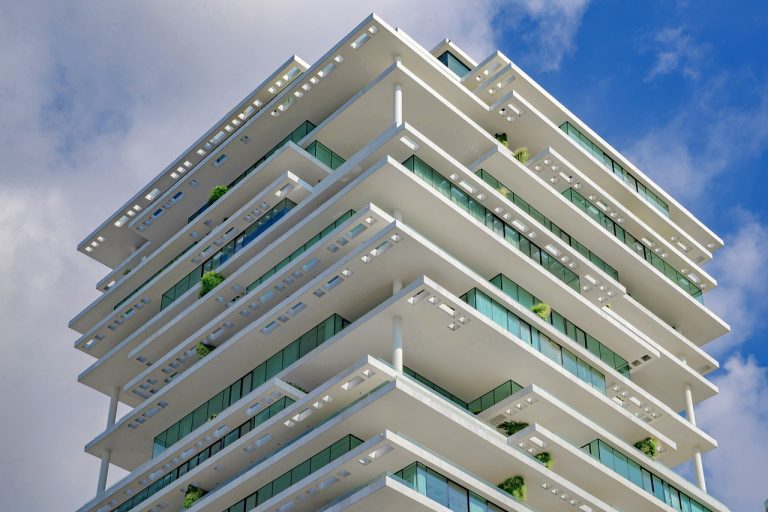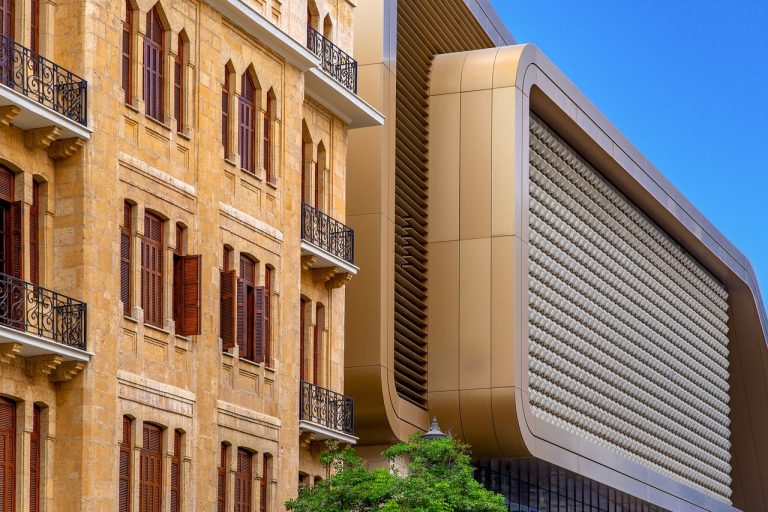Beirut Lebanon Video
Historical Landmarks of Beirut Lebanon: A Deep Dive
Beirut, the capital city of Lebanon, is a fascinating destination with a rich history and a diverse cultural heritage. From ancient Roman ruins to magnificent Ottoman architecture, Beirut is home to numerous historical landmarks that showcase its vibrant past. In this article, we will take a deep dive into the historical landmarks of Beirut, exploring their significance and providing detailed information about each one.
1. National Museum of Beirut
The National Museum of Beirut is a must-visit for history enthusiasts. Located in the heart of the city, this museum houses an extensive collection of archaeological artifacts that date back thousands of years. The museum showcases Lebanon’s rich history, including artifacts from the Phoenician, Roman, Byzantine, and Islamic periods. Some highlights of the collection include ancient statues, mosaics, pottery, and jewelry.
- Phoenician Artifacts: Discover the ancient Phoenician civilization through a collection of artifacts, including sarcophagi, jewelry, and sculptures.
- Roman Artifacts: Explore the Roman period with a variety of sculptures, mosaics, and architectural fragments.
- Byzantine Artifacts: Learn about the Byzantine era through a collection of religious artifacts, including icons and mosaics.
- Islamic Artifacts: Witness the beauty of Islamic art with a display of ceramics, metalwork, and calligraphy.
Keywords: National Museum of Beirut, archaeological artifacts, Phoenician, Roman, Byzantine, Islamic periods
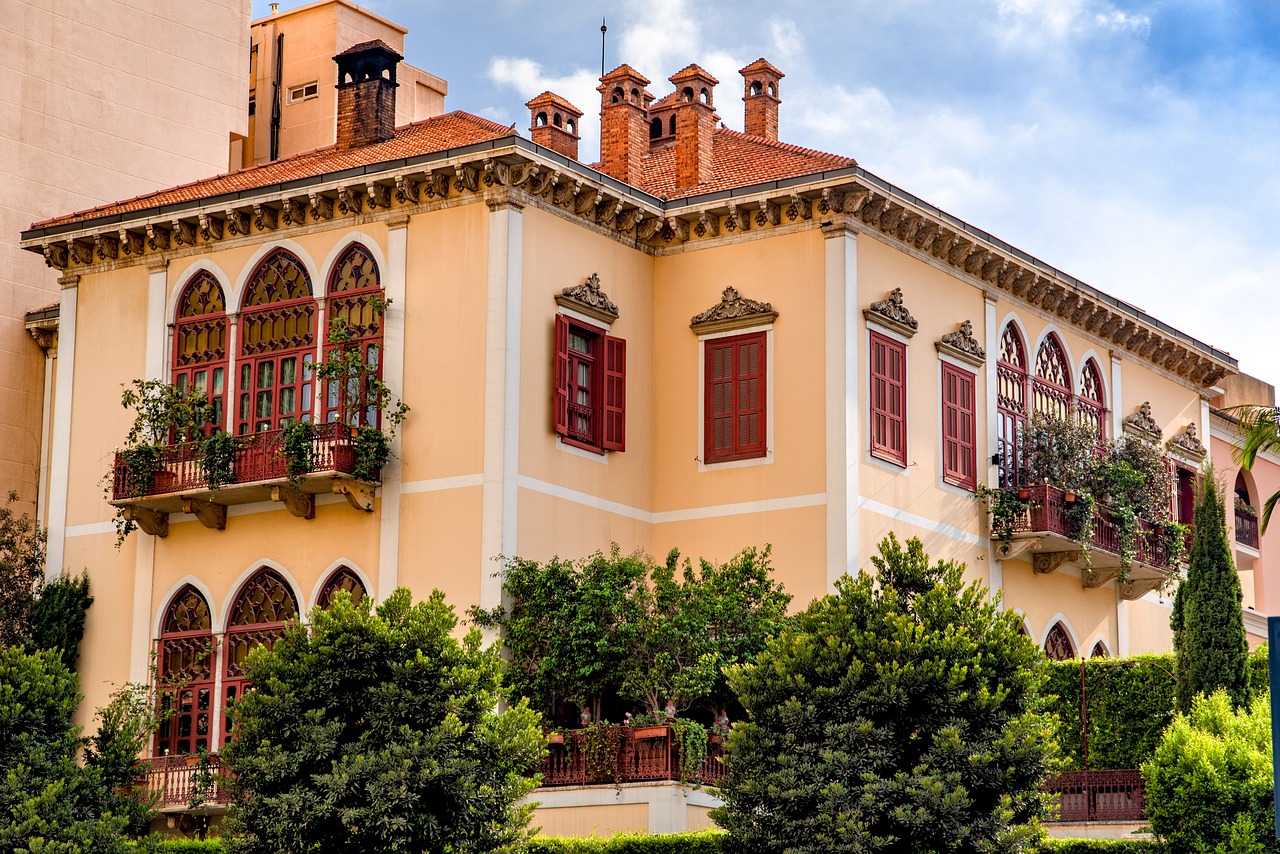
2. Mohammad Al-Amin Mosque
The Mohammad Al-Amin Mosque, also known as the Blue Mosque, is a prominent landmark in Beirut. This stunning mosque is a symbol of Lebanon’s religious diversity and architectural beauty. The mosque’s grand dome and towering minarets make it an impressive sight to behold. Inside, visitors can admire intricate mosaics, beautiful chandeliers, and a serene ambiance. The Mohammad Al-Amin Mosque is a significant place of worship for the Sunni Muslim community in Beirut.
- Architectural Marvel: Marvel at the mosque’s grand architectural design, featuring a mix of Ottoman and Islamic influences.
- Intricate Mosaics: Admire the detailed mosaics that adorn the mosque’s interior, depicting various Islamic motifs and calligraphy.
- Serene Atmosphere: Experience a sense of tranquility as you explore the mosque and witness the devotion of worshippers.
Keywords: Mohammad Al-Amin Mosque, Blue Mosque, religious diversity, architectural beauty, Sunni Muslim community
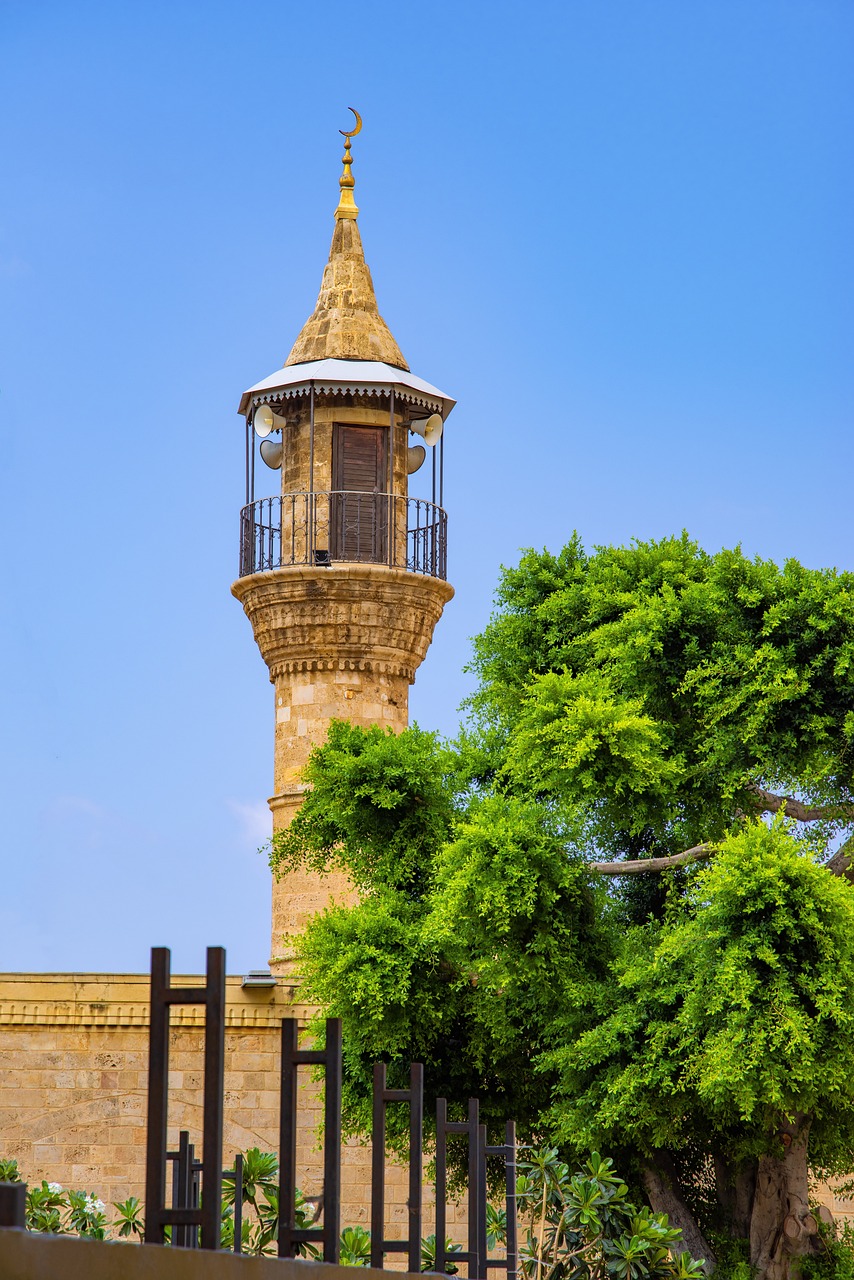
3. Roman Baths
The Roman Baths in Beirut are a testament to the city’s ancient Roman past. These well-preserved ruins offer a glimpse into the daily life of the Romans during the 2nd and 3rd centuries AD. Visitors can explore the various sections of the baths, including the frigidarium (cold room), tepidarium (warm room), and caldarium (hot room). The intricate mosaic floors and architectural details provide insight into the opulence and sophistication of Roman bathing culture.
- Well-Preserved Ruins: Wander through the remains of the Roman Baths and appreciate the preservation of these ancient structures.
- Mosaic Floors: Admire the beautifully preserved mosaic floors, showcasing intricate designs and patterns.
- Bathing Culture: Learn about the Roman bathing rituals and the significance of the different rooms within the baths.
Keywords: Roman Baths, ancient Roman past, frigidarium, tepidarium, caldarium, Roman bathing culture
4. Sursock Museum
The Sursock Museum is a cultural gem in Beirut, housed in a stunning 19th-century mansion. This art museum showcases a diverse collection of modern and contemporary art from Lebanon and the region. The museum’s permanent collection includes paintings, sculptures, and installations by renowned Lebanese artists. Additionally, the Sursock Museum hosts temporary exhibitions, art workshops, and cultural events throughout the year, making it a vibrant hub for the arts in Beirut.
- Lebanese Art: Explore the rich artistic heritage of Lebanon through the museum’s collection of paintings, sculptures, and installations.
- Contemporary Art: Discover the works of contemporary Lebanese artists and gain insight into the current art scene.
- Cultural Events: Immerse yourself in the vibrant cultural scene of Beirut by attending art workshops, lectures, and performances at the museum.
Keywords:
Martyrs’ Square, located in downtown Beirut, holds significant historical and political importance. This public square has witnessed numerous protests, demonstrations, and political gatherings throughout Lebanon’s history. The square is surrounded by important landmarks, including the Mohammad Al-Amin Mosque, the Parliament building, and the Grand Serail. Visitors can stroll through the square, taking in its vibrant atmosphere and reflecting on Lebanon’s complex political landscape. Keywords: Martyrs’ Square, protests, demonstrations, political gatherings, political landscape Pigeon Rocks, also known as the Raouche Rocks, are a natural wonder located along the coastline of Beirut. These massive rock formations rise dramatically from the sea, creating a breathtaking sight. Visitors can enjoy stunning views of the rocks from the Corniche promenade or take a boat tour to get a closer look. Pigeon Rocks are not only a popular tourist attraction but also serve as a symbol of Beirut’s natural beauty. Keywords: Pigeon Rocks, Raouche Rocks, natural wonder, Corniche promenade, boat tour The Beiteddine Palace is a magnificent historical site located in the Chouf Mountains, just outside Beirut. This 19th-century palace was built by Emir Bashir II and showcases exquisite Lebanese architecture influenced by various artistic styles. Visitors can explore the palace’s opulent rooms, beautiful courtyards, and lush gardens. The Beiteddine Palace also hosts the Beiteddine Festival, a renowned cultural event featuring music, dance, and theater performances. Keywords: Beiteddine Palace, Emir Bashir II, Lebanese architecture, Beiteddine Festival, cultural event The Jeita Grotto is a mesmerizing natural wonder located in the Nahr al-Kalb valley, north of Beirut. This extensive cave system is renowned for its stunning stalactite and stalagmite formations. Visitors can explore the lower grotto by boat, gliding through crystal-clear waters surrounded by awe-inspiring rock formations. The upper grotto offers a walking tour, allowing visitors to marvel at the intricate geological features and underground chambers. Keywords: Jeita Grotto, stalactite formations, stalagmite formations, boat tour, walking tour Beirut is known for its charming and historic villas, which showcase the city’s architectural heritage. These traditional Lebanese houses, often adorned with elegant balconies and colorful facades, are scattered throughout the city. Some notable villas include Villa Audi, Villa Linda Sursock, and Villa Linda Tamraz. Exploring these architectural gems allows visitors to appreciate the unique blend of Ottoman, French, and Lebanese influences in Beirut’s urban fabric. Keywords: Beiruti Villas, architectural heritage, Ottoman, French, Lebanese influences The Beirut Souks, located in the heart of the city, are a vibrant hub for shopping, dining, and entertainment. These modern-day souks pay homage to the traditional markets that once thrived in Beirut. Visitors can explore a wide range of shops, boutiques, and restaurants, offering everything from local handicrafts to international brands. The Beirut Souks also host cultural events and festivals throughout the year, adding to the lively atmosphere of this bustling urban center. Keywords: Beirut Souks, shopping, dining, entertainment, cultural events Beirut, Lebanon’s capital city, is a treasure trove of historical landmarks that offer a glimpse into the country’s rich past. From ancient ruins to architectural marvels, each landmark tells a unique story and contributes to Beirut’s cultural tapestry. Whether you’re interested in archaeology, art, or simply exploring the city’s vibrant atmosphere, Beirut’s historical landmarks provide a fascinating journey through time.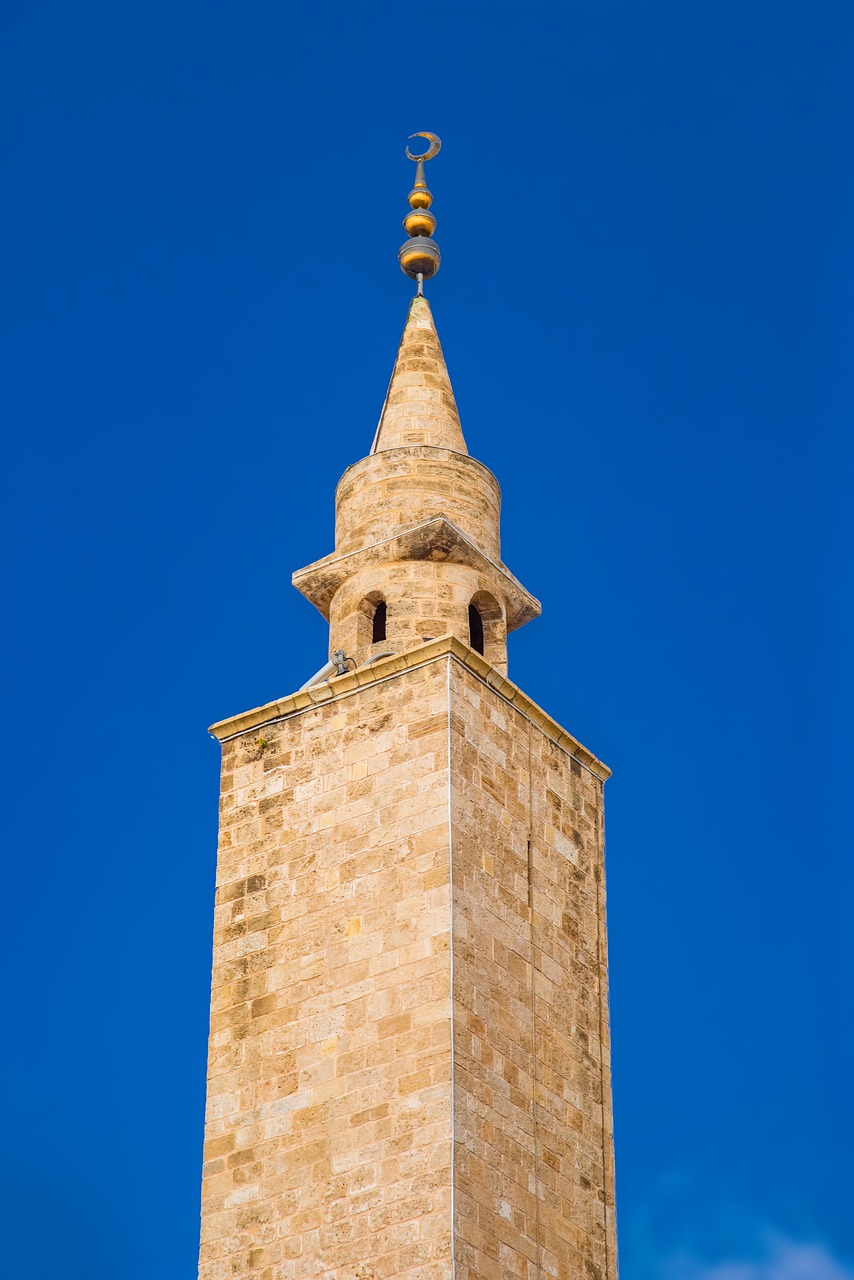
5. Martyrs’ Square
6. Pigeon Rocks
7. Beiteddine Palace
8. Jeita Grotto
9. Beiruti Villas
10. Beirut Souks
Conclusion
References

